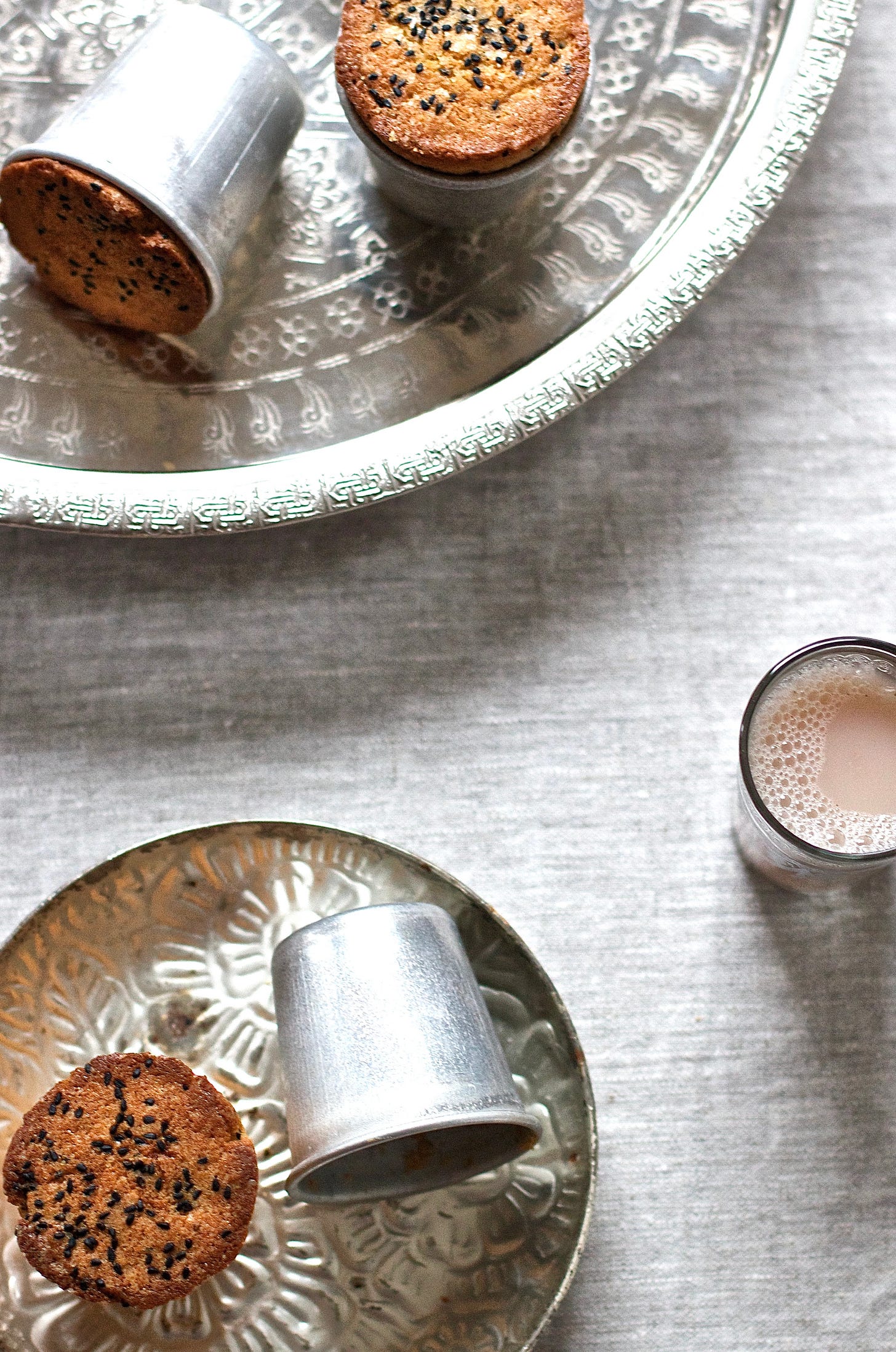Hello, and welcome to Newsletter No 18 here on Substack! Thank you for stopping by. If you are already subscribed, thank you for supporting my work! If not, grab a seat if you are interested in recipes as well as tips and tricks to make the most of our increasingly eclectic pantries and a good dose of my at times random musings about all things food - and make sure you hit that subscribe button if you don’t want to miss any future posts!
One too many nursery bugs in the last month means I am a little bit behind in my recipe-testing schedule (but way ahead on my tissue and cold meds consumption for 2024, so there is that!). So while I play catch-up I thought I would leave you with this recipe for (Nigella) Seed Cake I adore and which I developed a few years ago.
Keep reading with a 7-day free trial
Subscribe to Real Simple Food to keep reading this post and get 7 days of free access to the full post archives.




